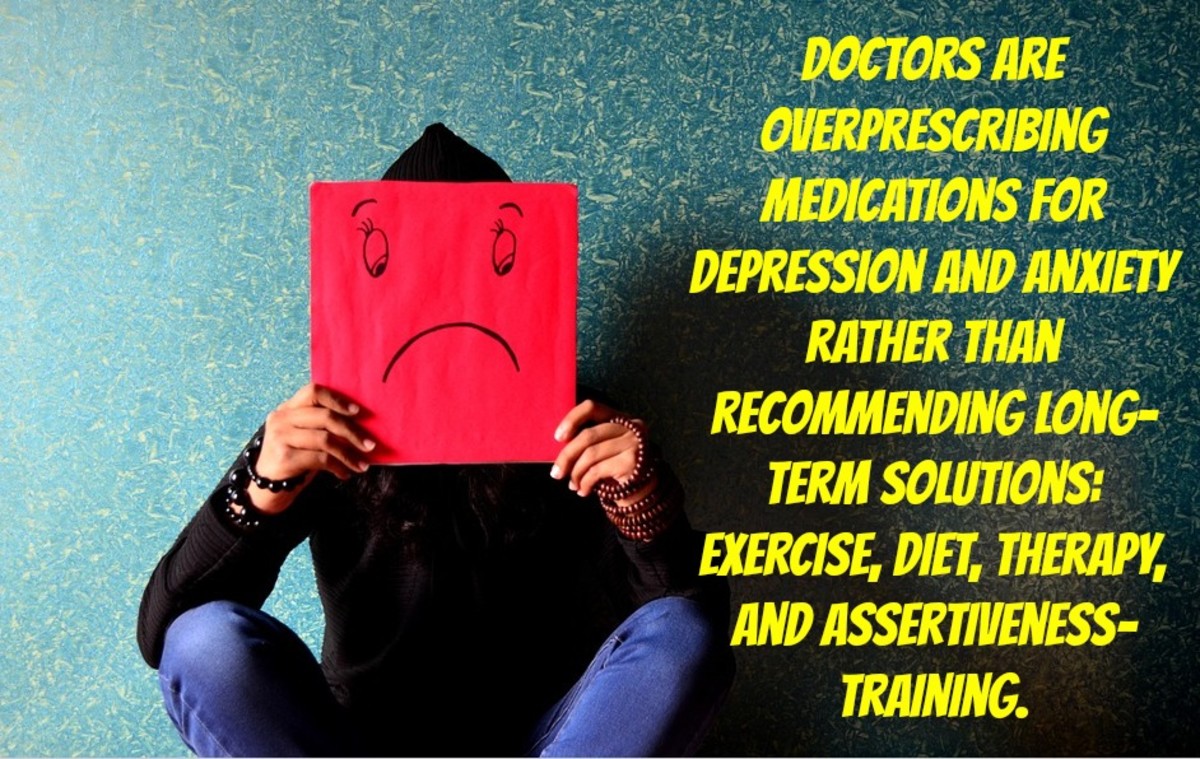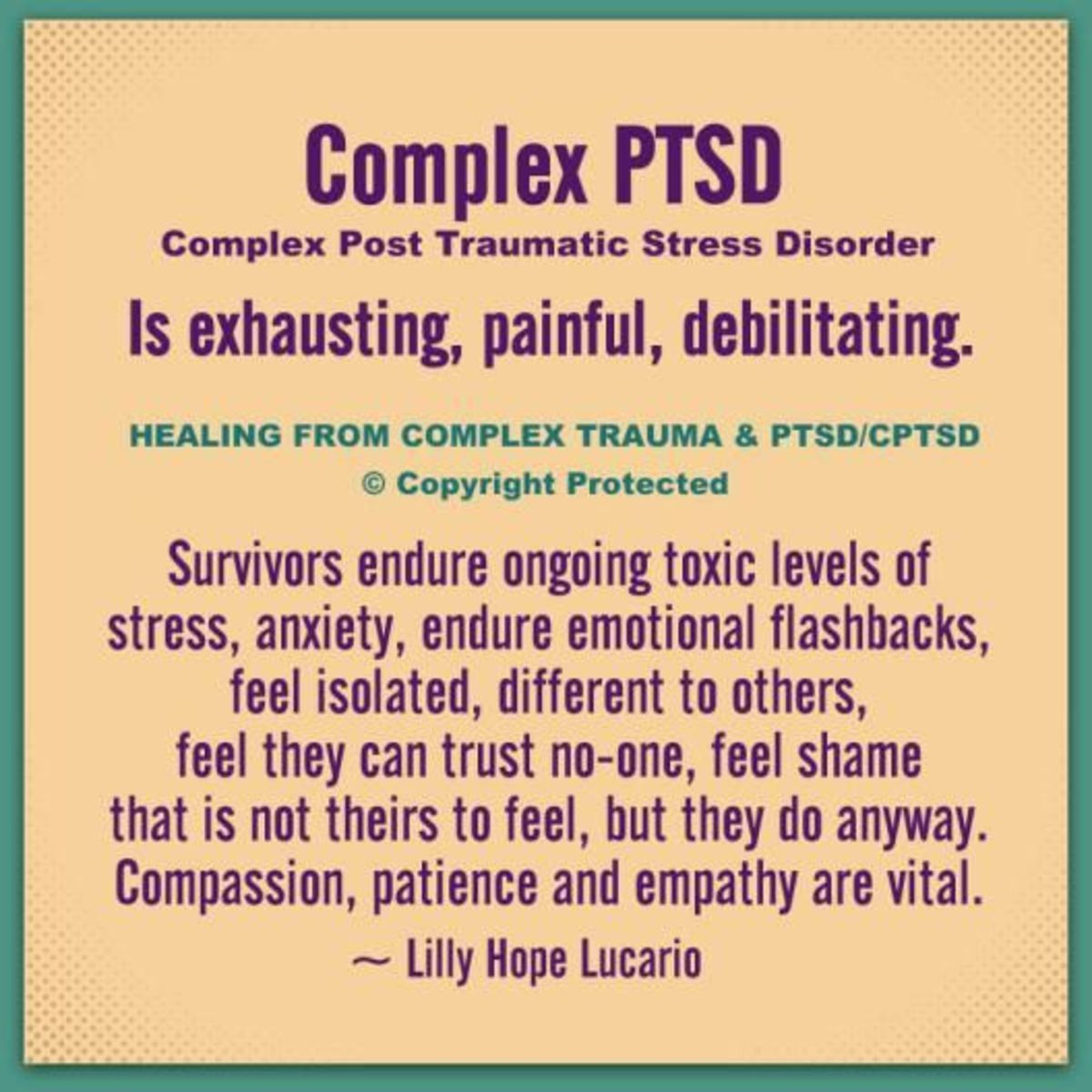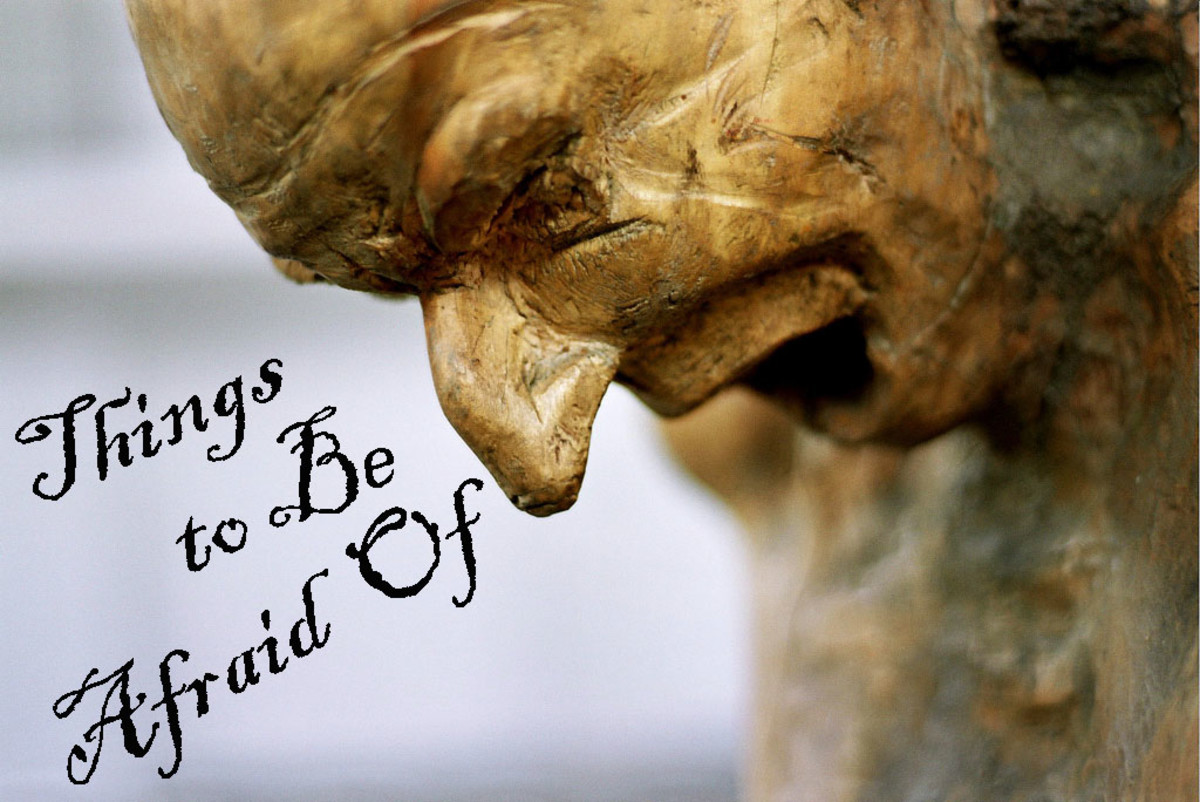Help with Worry and Anxiety

Worry or Anxiety?
“That the birds of worry and care fly above your head - this you cannot change.
But that they build nests in your hair – this you can prevent.”
~ Chinese proverb.
Nearly half of the American population suffer from chronic worry, which is an unhealthy and difficult way to live.
While there are things to worry about, such as health scares, school shootings, unemployment and a sluggish economy, how you worry, and the effect it has on your life, is the focus of this article.
- A good worry leads to constructive action, such as to make another plan, or set up a cash reserve, investigate the mole on your back or have your blood sugar tested.
- A toxic worry paralyses you into procrastination, underachievement and in-action. If you brood over your worries, lose sleep, have headaches, feel ill, you are a toxic or chronic worrier.
Toxic or chronic worry elevates the risk of heart attacks, blood pressure, gastrointestinal disturbances, ulcers, eczema, asthma, muscular aches and ultimately can shorten one’s life.
One in four people meet the criteria for anxiety disorders related to worry such a OCD (obsessive compulsive disorder). If the everyday chronic worriers are added to this mix, we could be reaching nearly half the population.
What do People Worry about Most?
1. Their children
2. Money
3. Job Security
4. Relationships
5. Health
Some worries come in waves according to the headlines, such as the stock market problems, economic woes, closing down of businesses, health scares such as Asian flu, and a toxic worrier will worry because there is nothing to worry about and they believe they must be missing something.
Children
Adolescents worry about their appearance, their grades, peer acceptance, achievements and entertainment.
Younger Children worry about their security, so its robbers, kidnappers, the bogey man under the bed.
Young children hear the stories of road accidents, war disaster, rape or epidemics and think it’s going to happen to them tonight.

“Worry does not empty tomorrow of its sorrow.
It empties today of its strength”
~ Corrie Ten Boom
Worry, itself is not necessarily an awful thing, rather it is the way in which one worries that can be the problem. Worry lets one identify hazards and come up with contingency plans for dealing with them.
Worry becomes a problem when the worrier loses balance, compulsively goes on and on creating anxiety which may become a vicious cycle leading to depression.
- If, a worry pops into your mind ask yourself, is the problem something you’re currently facing or an imaginary what-if?
- If it’s an imaginary “what if”, ask yourself how likely realistically is this to happen?
- Is the problem solvable or is it out of your control?
If the problem is solvable take action on it right away. Unproductive worries are those that do not have a corresponding solution such as “What if I get cancer someday?” or “ What if my husband’s flight crashes into the ocean?”
(As an aside, if those are your worries, ensure you have medical insurance, and that both of you have life insurance – worry sorted!)
Getting Help
“With Anxiety we have far more imaginary worries than real ones”
Unknown
What if the worry isn’t something solvable? Chronic worriers or anxious people have the habit of always thinking the worst, their tired mind has lost its resilience, and they live in a world of ‘what ifs”.
These thoughts seem to enter one’s head without even thinking about them, they magnify, little problems become larger than life, and the imagination runs out of control.
If you are in this space, identify the frightening thought, ask yourself what is the worst thing that could happen and secondly, what’s the probability that it will actually happen? If the probability is low ask, what are the more likely outcomes?
This rational thinking may give you the answer to negate that particular train of worry. Using this examination and challenge to your fears will help to develop a more balanced perspective.
Anxiety, feelings of panic, or detachment can be a result of the body being stressed and tired. Worriers keep fighting these thoughts and obsessing as they cannot bear doubt or uncertainty but, it’s impossible to know 100% what is going to happen.
Worrying does not make life predictable, it doesn’t stop unpleasant things from happening, it just stops you from enjoying the present.
Don’t spend every day going around in circles trying to work it out, stopping this cycle is all about understanding your emotions. You may believe that you should always be calm that feelings should make sense and be rational.
The truth is that life, like emotion, is messy and doesn’t always make sense. Try to accept your feelings as part of being human and the feeling of being overwhelmed will diminish.
8 Simple steps to stop Anxiety and Worry
Don’t keep endlessly looking for a cure to your anxiety, create one
by no longer letting it rule what you do and don’t do.”
-Unknown
Practice Mindfulness.
- Worrying usually refers to the future, while mindfulness focuses on the present. Try to let the thoughts flow in and out without reacting, just observing them.
- When these thoughts enter your head, there is a part of you that sees them for what they truly are, then let them go.
- Fighting them is not the answer, scary or not, give them their space, don’t impose a false sense of importance to the thought and their significance will diminish in your mind, and the thought will float away.
- This strategy is based on observing your worries and then letting them go. It takes practice to notice that wen you don’t try to control the anxious thoughts they pass, and then bring your focus back to the present by noticing how your body feels, the rhythm of your breathing, your changing emotions.
“Learning to accept who we are is the first step to recovery”
Don’t shut yourself in, put on your walking shoes and connect with the world. Family, neighbours, friends, interest groups are all the structures that give meaning and stability to our lives.
Often a toxic worry is based on lack of information or the wrong information, clarify the facts. The most important fact to remember is - Don’t Worry Alone, it is not healthy, and besides another persons’ perspective on the worry could eliminate or reduce it! .
“Worrying is using your imagination to create something you don’t want”~ Abraham Hicks.
Once again exercise is the consummate leveller and brain rejuvenator, making you less depressed and anxious. The moment you start worrying, walk up the stairs a few times, walk around the building, the block or the yard. Meditation can also press the reset button.
Try to Give Worry its Own Time
Your anxious thoughts are driving you mad, but the more you try to rid yourself of them, the more obstinate they become.
Contrary to mindfulness above, try a different approach and let the thoughts come, but put off thinking about it until your worry time. Let’s say, 5.30 to 5.50 pm a set time every day, however, not just before bedtime.
If a worry comes into your mind during the day, make a note of it, remind yourself you will have time to think about it later, then postpone it to your ‘worry time’.
Reflect on your worries at ‘worry time’, if any have lost their significance, shorten the time and enjoy your evening. There is no struggle to suppress, judge or get rid of your thought. You save it for later thereby controlling your worrying.
Take notice if there are unusual times or people that affect your emotions negatively. Spend less time with people who leave you stressed or anxious in their company.
Full Explanation of Cognitive Behavioural Therapy by Dr. G. Sidley
- Cognitive Behavioral Therapy - 7 questions to ask yourself to decide if CBT will benefit you
Cognitive-behavioral therapy (CBT) is a talking therapy that has been shown to be effective for a wide range of mental health problems. However, some people are more likely to benefit from this form of psychological treatment than others. In this hub
Cognitive Distortion
If you constantly:
- Overestimate the possibility that things will turn out badly,
- Don’t believe in your own ability to handle life’s problems,
- Feel you will fall apart at the first sign of trouble.
- There is no middle ground in your thinking and you over generalise, for example, if this train trip was miserable, all train trips must be bad
- Your mind filters out everything that was right and focuses on one thing that was wrong.
- The positive is always just ‘dumb luck’.
- A reasonable warning such as a pilot saying’ there will be some turbulence’, turns into a catastrophe and you think he means the plane is going down.
- You beat yourself up if you don’t stick to your strict list of do’s and don'ts.
- Assume responsibility for things that are outside your control
- Calling yourself names, e.g. I’m an idiot, loser, stupid, etc.
This is what is known as cognitive distortion and although it is not based in reality, it is hard to give up.
Cognitive behaviour therapy helps people get over their phobias and anxieties.
Medical Help
If none of these suggestions bring your worries into the normal range and anxiety is making you ill, please see a doctor.
Medications such as Prozac and Zoloft can change lives, in that people who are barely able to operate become managers, enjoy successful relationships and married life.
‘People gather bundles of sticks to build bridges they never cross”
~ Unknown
- One doesn’t want to get rid of worrying completely as that becomes another problem called denial, which allows one to take foolhardy risks and get into all sorts of trouble.
Further Articles you may find helpful.
- The Gentle Art of Letting Go
How to enjoy life, by letting go of the things which suck the enjoyment out of it. Living more slowly allows us more time to get things done, and enjoy essence of our lives. - Mindfulness: Your Inner Source of Happiness
Mindfulness is overcoming problems, using your own innate wisdom and finding happiness in your life. - Using Mindfulness to Overcome Panic Attacks
Irrational fears can be treated if diagnosed. The mindfullness approach to control Panic attacks - Help to Stop Feeling Depressed
If being in control of your emotions sounds good to you, then take charge of your life with the following tips!
© 2013 Shelley Watson








